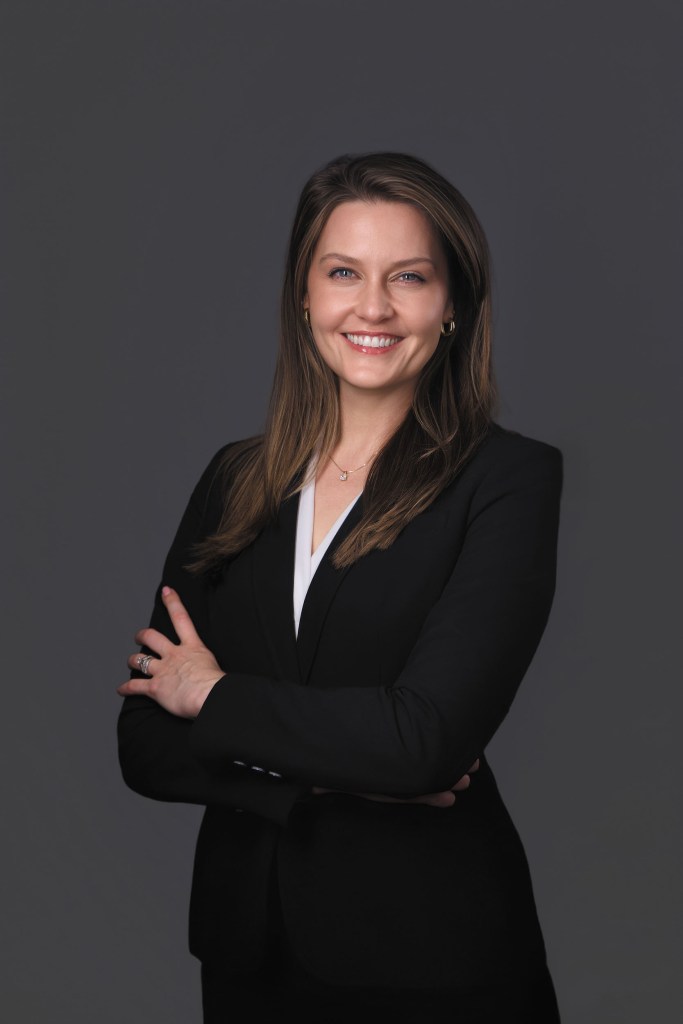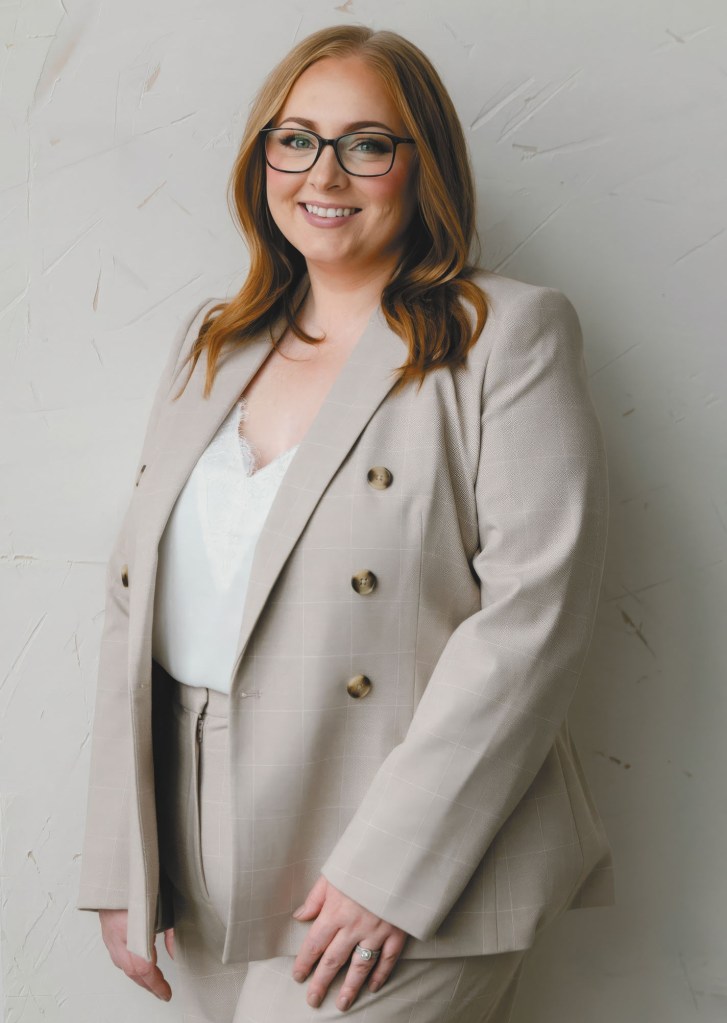How to Connect with Diverse Communities and Win Their Business

By: AnneMarie McPherson Spears
It’s increasingly likely that your next prospect won’t look like you. The chances that two people chosen at random will be from different racial or ethnic groups is 61.1%, according to the 2020 U.S. Census. This measurement, called the diversity index, increased from 54.9% in 2010.
Nearly all groups saw population gains this decade, with the multiracial population growing by 276% since 2010. While the “white alone” population, defined as people who identify as white and do not identify with any other ethnicity or race, remained the largest race or ethnic group in the U.S., it has decreased by 8.6% since 2010.
The nation’s buying power is also diversifying. From 2010 to 2020, Asian American buying power grew by 111%, Hispanic buying power by 87%, Native American buying power by 67% and African American buying power by 61%, according to the University of Georgia’s Selig Center for Economic Growth Multicultural Economy report.
And as Generation Z comes of age, your next generation of clients may not share your sexual or gender orientation. While 7.1% of all U.S. adults identify as LGBTQ, 20.8% of Gen Zers who have reached adulthood identify as LGBTQ, according to a 2021 Gallup poll.
As communities grow more diverse, agencies that don’t focus on effectively reaching their neighbors are missing out. Equipping your agency to serve diverse communities is “the No. 1 way to grow your business,” says Kelly McDonald, founder of McDonald Marketing, professional speaker and four-time best-selling author on diversity, equity and inclusion. “You’re already a successful agency, you’re doing well, you’re making money, everything’s going great. The question that I would pose is: How much more successful could you be if you could get the people that you’re not getting but could be?”
“It’s business that’s going to go somewhere, so it should go to you,” she adds.
“The demographics in our country are shifting, and the economic opportunity to serve the demographics of our diverse communities is only continuing to grow,” agrees Nestor Solari, co-founder and CEO at Sigo Seguros, a managing general agency that focuses on auto insurance for Latinx insurance consumers.
“Auto insurance is mandated in 49 states and Washington, D.C., and it’s a tool that many of us use to avoid negative shocks in our life that otherwise may send people into poverty,” he says. “Beyond the economic opportunity, I think it’s the right thing to do to serve the community you’re working in and a part of.”
 Know Your Neighborhood
Know Your Neighborhood
You’re an independent agent, so serving your community is your bread and butter. But if you don’t take steps to change alongside your community, you will get left behind.
To reach the consumers you aren’t serving yet, “you need to understand the varying differences in demographics o/f your specific area, because you have to identify your customer,” says Nancy Jackson, president of Roberson & Associates Insurance in Benton, Arkansas, and president of Big I Arkansas. “You can’t be successful if you don’t identify your customer.”
Thankfully, now is the time to get the most accurate snapshot of your backyard with the 2020 U.S. Census available to all. The diversity index is one tool agencies can use to identify the communities they may be missing out on.
“Let’s say I’m an agency in North Dallas,” McDonald says. “While the entire city of Dallas is diverse, the north side is a little less diverse and tends to be more white. Let’s say I’ve saturated this market, but I have a bilingual person on staff, and I want to reach out to the Hispanic community. I wouldn’t expect someone from 40 miles away to necessarily be my target market, but there are pockets within 10 miles of my agency where I can make an introduction to my team and talk about how we serve the local community and would like to serve the Hispanic community, too.”
Of course, not all roads lead to Dallas. Even if you think your area isn’t diverse, you may be surprised. “Say you’re in Cedar Rapids, Iowa,” McDonald continues. “Its diversity index is only 25%. But if you drill down to your ZIP code, it could be an entirely different picture. It could jump up to 55%.”
To find the diversity index of your agency’s area, McDonald recommends going to hometownlocator.com, clicking on your state, and selecting Cities or ZIP Codes from the menu. In addition to the diversity index, the site displays the wealth index.
“The higher the wealth index, the more stuff people have to insure,” she says. “In fact, the Census’ definition of the wealth index is the wealth that a ZIP code or city has that is not necessarily related to a mortgage—so it can be boats, cars and items like that.”
For a breakdown of specific demographics, go to census.gov/quickfacts/fact/table and enter your ZIP code to find estimates of race and ethnicity, ages, and even items such as how many households have a computer.
Prospecting in Your Community
After consulting the latest Census data, the next step is to think critically about your agency’s capabilities. “What’s the high potential opportunity in your area that you want to focus on?” McDonald says. “And can you serve those populations? You have to be realistic about your strengths and what you could do to jump in and immediately help a prospect and get to know a community better.”
Here are six steps to equip your agency to reach those future clients:
1) Partner with pillar organizations. McDonald recommends reaching out to organizations that can guide you on how to best serve a certain demographic. “Every community, whether it’s the Black community, the LGBTQ community, the Asian community, every community has its pillars,” she says. “It could be a church, a YMCA, a resource center, a chamber of commerce—and they’re not hard to find.”
“Just look online and results will pop up,” she adds. “And align yourself with the ones that have your shared values.”
Those shared values are key to establishing trust with the new client base you’re targeting. “People want to do business with people who share their values, even if you don’t necessarily share other demographics,” says Colleen Lazanich, CEO of CalNonprofits Insurance Services, a subsidiary of the California Association of Nonprofits in Capitola, California. “Agencies should be training their staff in their organizational values—and that will be recognized by your clients.”
For Jackson’s agency, the common thread is faith based. “We’re in what is referred to as the Bible Belt,” she says. “There are seemingly more churches per capita in our demographic area than there are homes. When my father started this agency in 1987, he was very committed to serving those who serve others, and the church was and is very important to him. In 2007, he decided he wanted to serve churches. We grew that niche over the years, and through it we’ve made contacts with people of varying ethnicities and religions.”
2) Establish authentic connections. Once you’ve chosen the organizations to target, reaching out with sincerity is crucial to establishing a relationship.
McDonald provides one example of how an agency might make the connection. “Dallas is home to one of the largest LGBTQ churches in the nation,” she says. “If I wanted to reach that market, I would reach out to an organization like that church and say, ‘We’re here to support you, we would like to work with your community to serve you better and make sure everyone’s thoroughly protected. Are there some ways we can contribute to your organization in a way that would better the LGBTQ community?'”
The approach is symbiotic and authentic, not about “writing a check and asking how many people they’ll throw your way,” McDonald says.
And if they respond with a suggestion for services or a request for assistance, you need to come through. “Show up to help serve breakfast to the homeless with them, put on a free educational seminar on what people who are partners need to be concerned about when it comes to providing safety for their lives and assets,” she adds. “If you support communities, they will return the favor.”
Volunteering with the community is another excellent way to make connections. “If you spend time in the community—we do community cleanups in Jersey City, for example—those are ways for you to know what’s important to the community and what’s resonating,” Solari says. “It’s as easy as that.”
Roberson & Associates Insurance supports the Special Olympics thanks to one of their producers, whose wife coaches the Special Olympics Arkansas golf team. “Mark and his wife have spent a lifetime fostering special needs children, and they have a granddaughter with Down syndrome who just competed in the weightlifting at Special Olympics Games in Orlando, Florida,” Jackson says. “She won several medals, including gold! The golf team also brought home gold. It’s an awesome opportunity to be connected to that community and extremely rewarding to be involved.”
“Our agency also connects with the community through being active in our local chambers of commerce and supporting our local Boys and Girls Club,” Jackson continues. “Every connection that one is able to make through their community integrates that agent or agency into that specific target market. This opens up so many doors for business opportunities and builds personal relationships.”
Those volunteer efforts build trust. “If I’m side by side with you on a Saturday afternoon packing food for the needy and we’re talking and bantering, I have equity,” McDonald says. “Then at some point, because I showed up for the food bank, the donation drive, the scholarship fund drive, I have the opportunity to go back to your organization and make an ask.”
Building connections can even be tasty. “Perhaps one of my favorite things to do is to become familiar with targeted markets by exploring new foods,” says Berker Hazar, CEO of Hazar Insurance in Washington, D.C. “Food is something that all communities use to connect. I feel like it’s better than just talking about insurance needs—we need to mix it up sometimes.”
When you’ve begun making inroads with your community, those connections will only multiply and will become your most powerful marketing tool.
At Roberson & Associates, for one agent “a large percentage of his book is with the Hispanic community,” Jackson says. “That all started with one person who had a very positive experience. The agent took time to understand the needs of this non-English speaking commercial client, going above and beyond to make sure they were on the same page and his needs were being met. That turned into referrals, referrals and more referrals.”
“Word got around that if you go to this agent, he will take care of you and listen to you—and that’s very important in our area,” Jackson notes.
3) Get your staff on board. Connecting with a community that’s different from you is crucial to your business’s success, but it’s also no small task. It takes a team.
“You have to educate your team in conversations, and those need to be ongoing,” McDonald says. “It’s not just one and done. Your staff is going to wonder, ‘Why are we doing this? What’s the point?'”
Agency owners need to communicate the business case with their team for being intentional about diversity. “You need to sit your staff down and say, ‘Look, we’re very successful, but if we’re going to continue to be successful in this community, we have to expand and diversify our clientele because that’s the way the population is going, and if we stick with the customers we have, we’ll shrink over time,'” she says.
Agency leaders should not only have consistent meetings and conversations with their staff, they should also get their staff actively involved. “It’s a big job!” McDonald says. “Brainstorm your goal with your team—such as reaching out to the Black community—and then send one person to reach out to a Black church you’ve identified as a community pillar, and another to research local philanthropic efforts to support the Black community, and so on.”
“Then, you have a meeting a week later to go over progress and keep updating action plans,” she adds. “If your staff has a stake in it, they’re engaged, and they want to see it succeed.”
4) Learn from your community how to best serve it. As your agency becomes more involved, you will gain a clearer picture of ways you can serve the community more effectively.
“You need to be conscious of cultural differences and understand what products that customer needs,” Solari says. “Everyone talks about price these days, but we know the most important thing is making sure the customer has the right coverage. That comes down to communication.”
“Maybe you’re a successful homeowners insurance agent in your local community, but insurance isn’t super prevalent among the Latino community,” he continues. “It’s important to understand cultural differences; for example, flexibility is a value the Latino community desires, and it’s something at Sigo Seguros we’ve built in.”
More resources to serve different cultures may also become available. “In some places where it didn’t make sense to build a product specifically for the Latino community before, it does now because the demographics have shifted and the population has grown,” Solari says.
After CalNonprofits Insurance Services completed a gender diversity training series, staff realized that when it came to gender, “the only options in most software and most forms were binary, and there wasn’t any option to even just say ‘not applicable,’ ” Lazanich says. “Our staff has been very vocal and active in advocating for our clients to carriers and software companies to give options to those who don’t fit into one of two boxes.”
5) Develop standards. As your agency serves your increasingly diverse community, Hazar recommends standardizing as much as possible.
“It can be very difficult to establish business relationships and positive reputation with different cultures—what’s not difficult, though, is establishing a routine way of dealing with individuals regardless of their gender, ethnicity, religion or race,” Hazar explains. “In my opinion, the most important component is establishing a standard way of communication across the board.”
Hazar, who came to the U.S. from Türkiye (Turkey) and serves the Turkish American community, trains his staff with scripts and makes sure they know products and coverages thoroughly. “Of course, they can go off-script to ask questions to identify risk and help the client, but especially when translating to different languages, you need to make sure the meaning stays the same even when there’s no word-for-word translation,” he says.
Hazar’s agency writes down sentences to explain insurance terms in Turkish. “We use the Big ‘I’ website a lot too, and we use carriers’ websites as well for endorsements and coverages explanations,” he says. “That way, even when new staff members join us, they know what to do in the first week.”
“Training your staff with the mindset of always showing the customer how valued they are and that we really want to try to understand their needs is very important,” Jackson agrees. “You’ve got to train your people about your products—every product—so that when they’re talking to the client, they know exactly what product with what company partner will meet their needs and explain it effectively.”
6) Equip your agency for long-term success. “As a business owner, you want to build a team that reflects the population, whether it’s hiring someone who’s bilingual or someone from the community you’re trying to reach,” Solari says. “Sometimes, there may be rooms that you can’t get in. That doesn’t necessarily mean that you shouldn’t be serving in those rooms, it just means that you need to build your team and get representatives into those rooms to help you grow.”
Hazar advocates for bilingual staff as crucial for long-term success in serving communities comfortable in other languages besides English. “Insurance in English is hard to understand for native English speakers if they’re not in the industry, so if a client speaks another language and isn’t familiar with how insurance works in the U.S., it’s even more important to thoroughly explain,” he says. “No one wants that call from a client during a claim saying they didn’t know something was not covered.”
Forty percent of agencies say their agency has staff that speaks a language other than English, but only 21% say their agency offers materials or service in languages other than English, according to a recent study from Safeco. An additional 39% believe they need to do so soon, with agents younger than 54 more likely to say so.
The same community pillars that connect you to new prospects can also connect you to new hires. When you approach those partners for leads, “be completely transparent and acknowledge that as a company, you’re not reflecting the changing demographics around you, and you need to change that to serve the community,” McDonald says. “And then ask if they know of anyone who’s interested in the outstanding opportunities for a long-term career in your agency.”
“I promise you that if you hire someone who speaks Spanish, you’re going to get more Spanish-speaking customers,” she adds. “I have had so many clients who have said the best thing they ever did was hire a bilingual person or a person of a diverse community. And boom—within months they had so many more prospects from that community.”
AnneMarie McPherson Spears is IA news editor.










